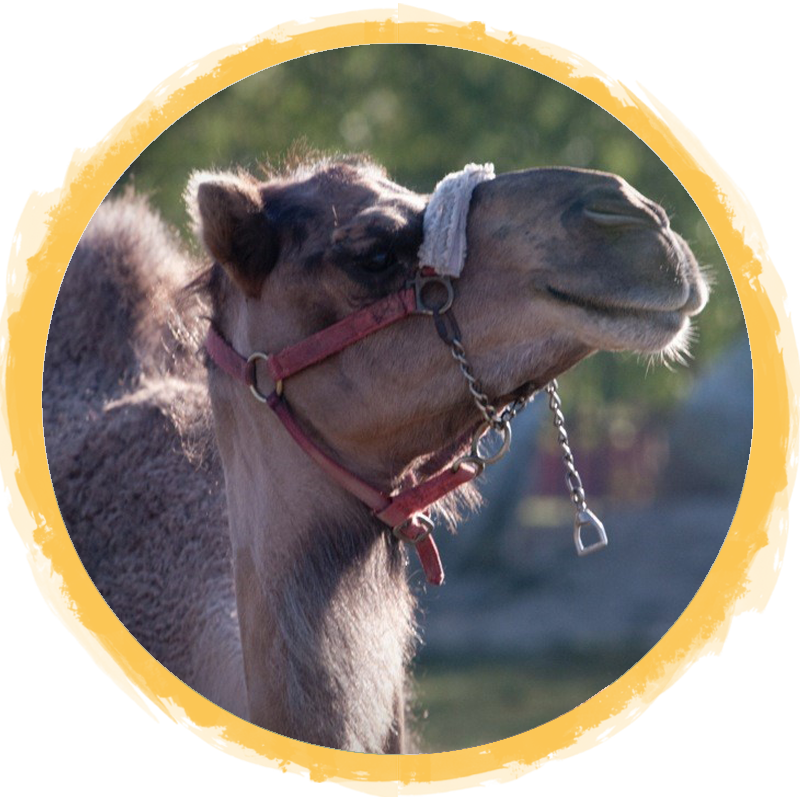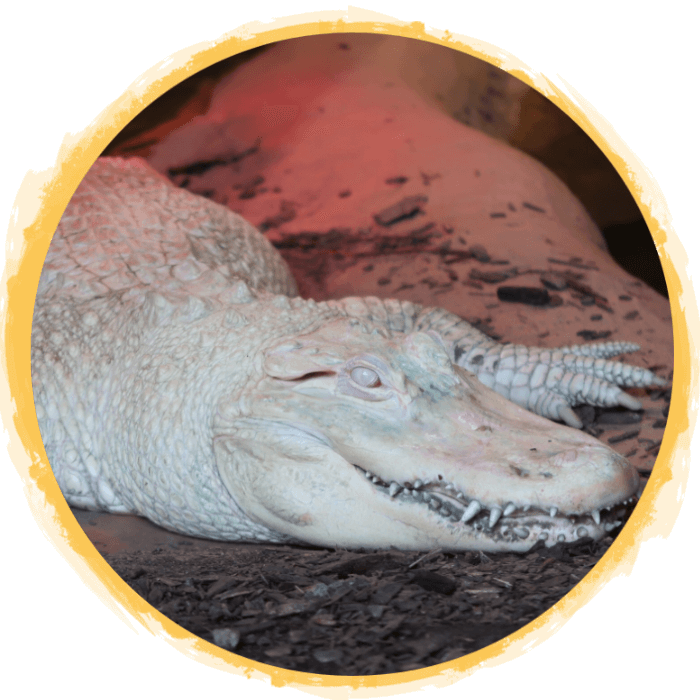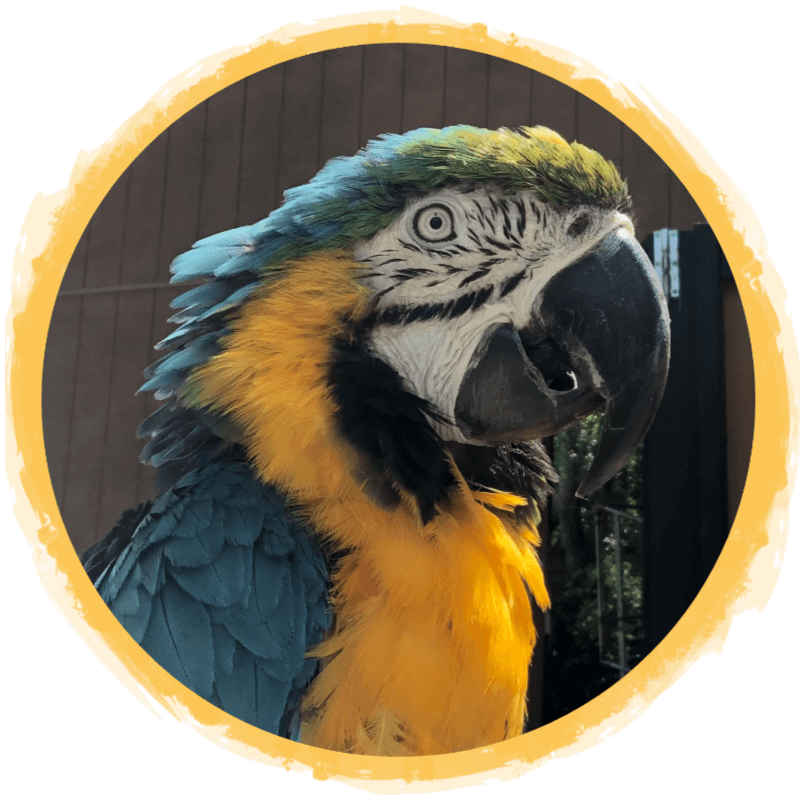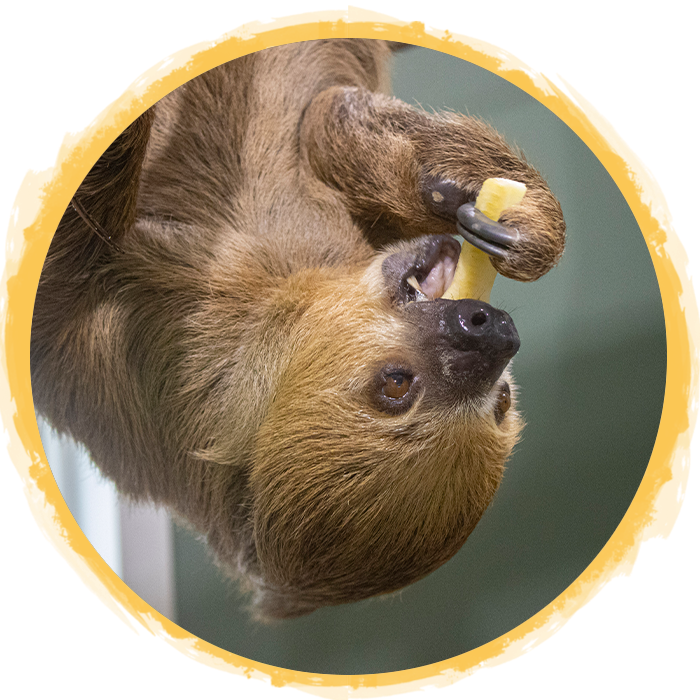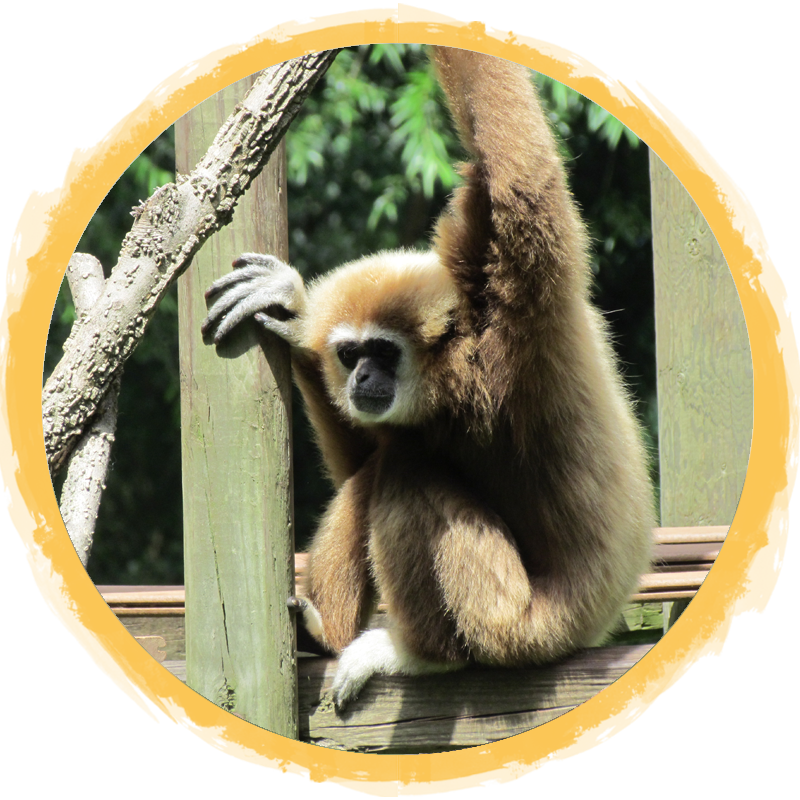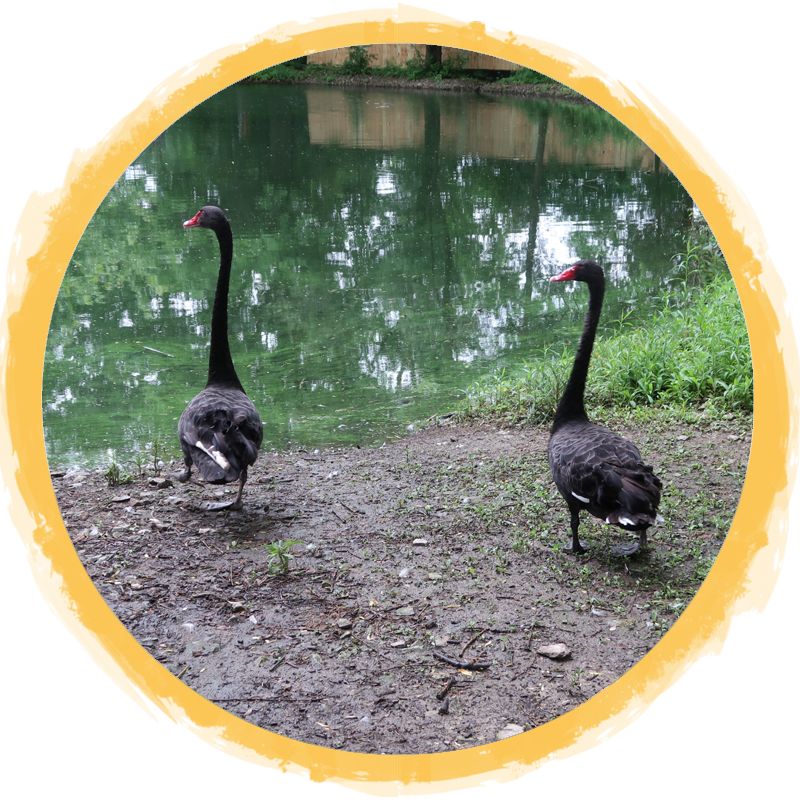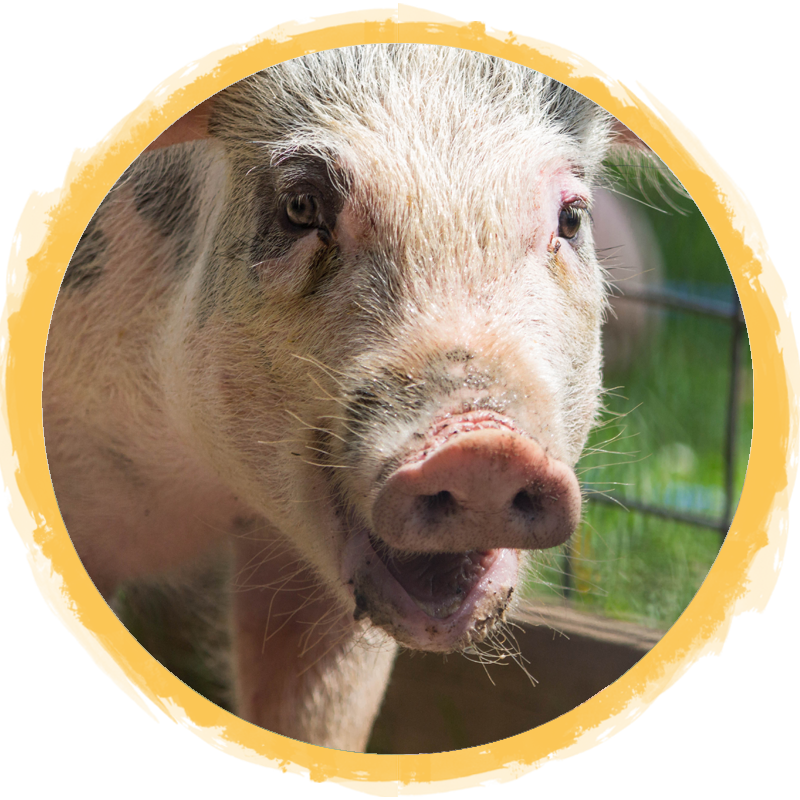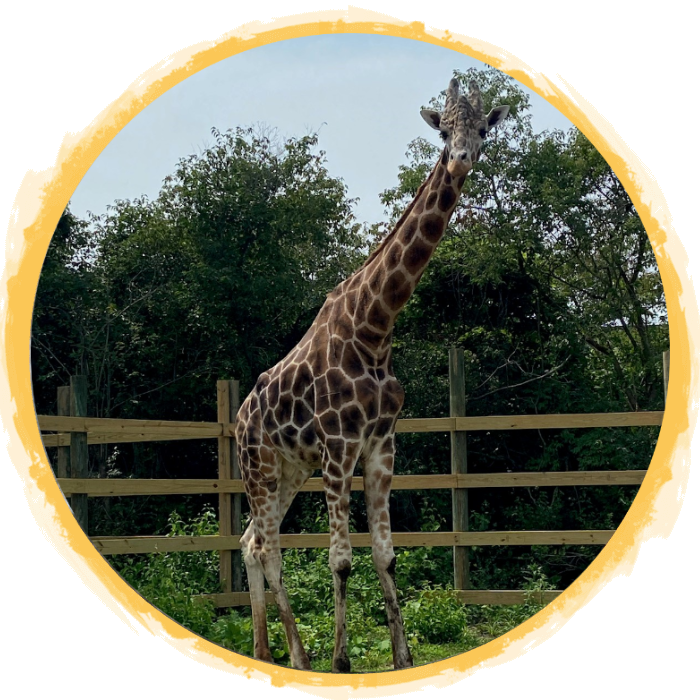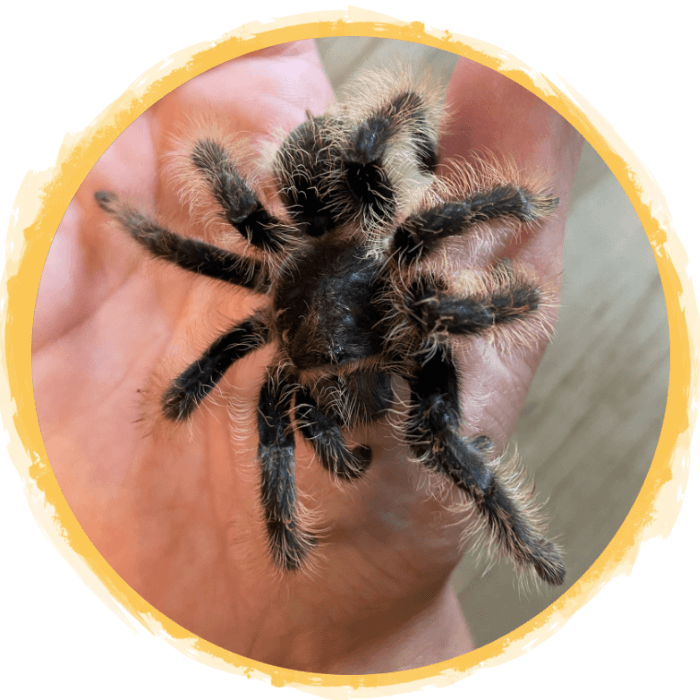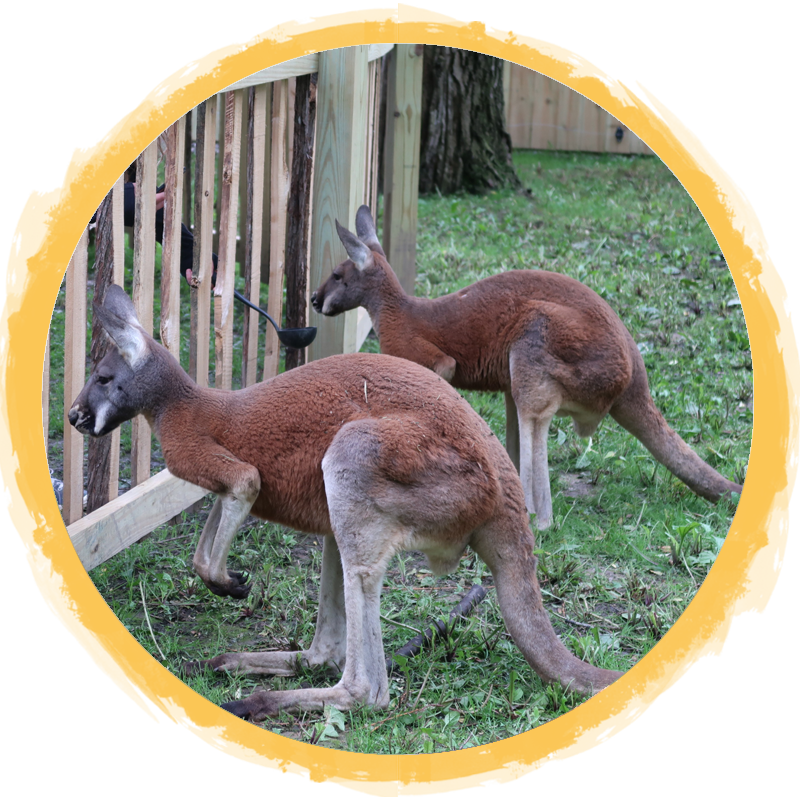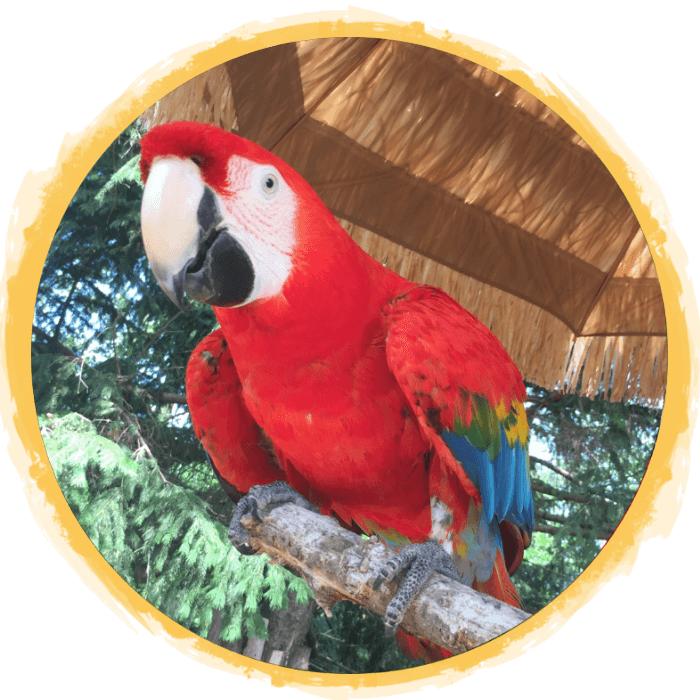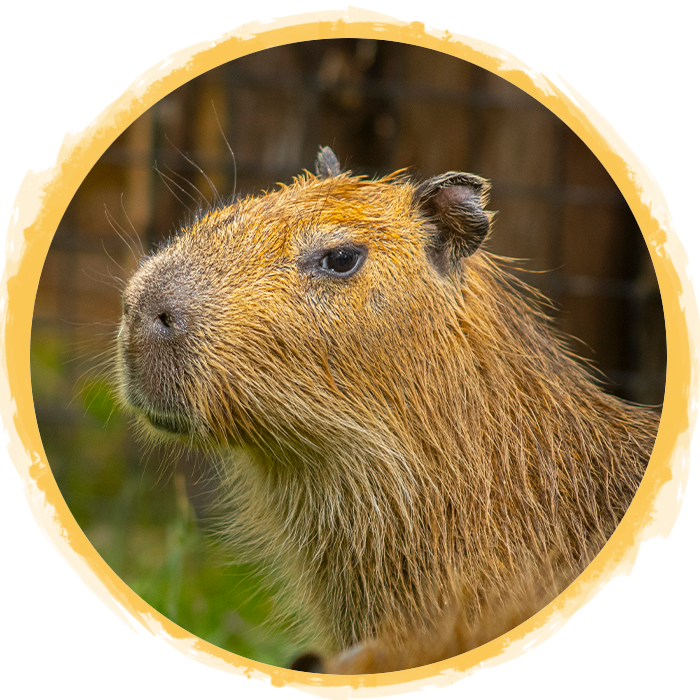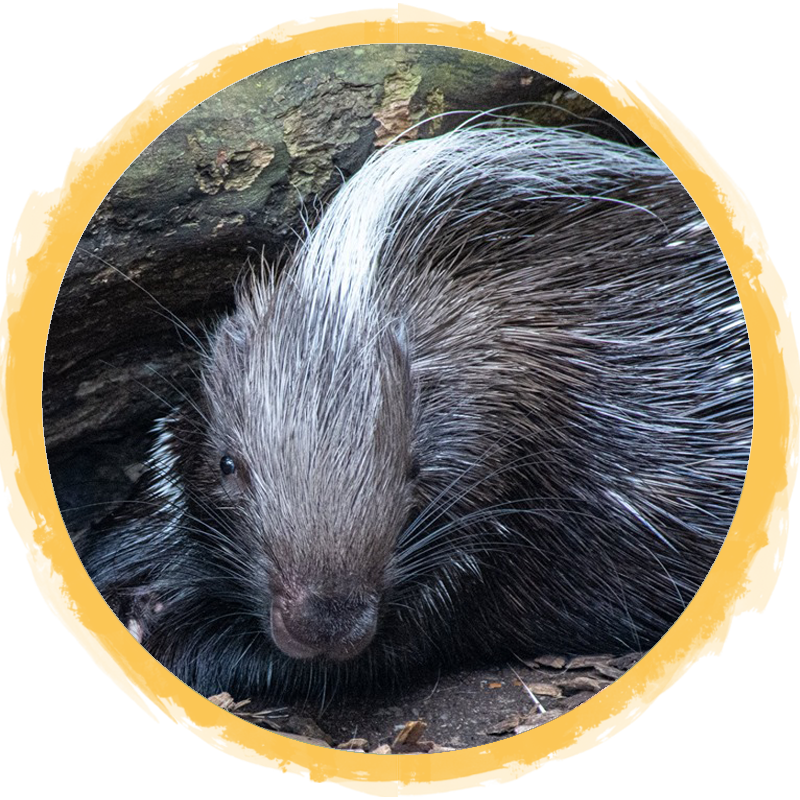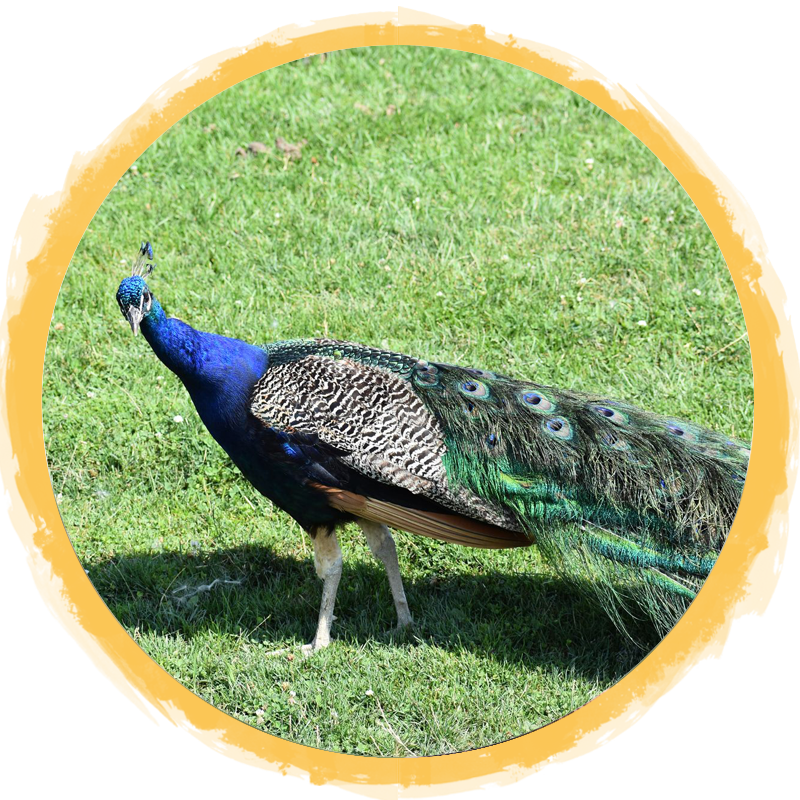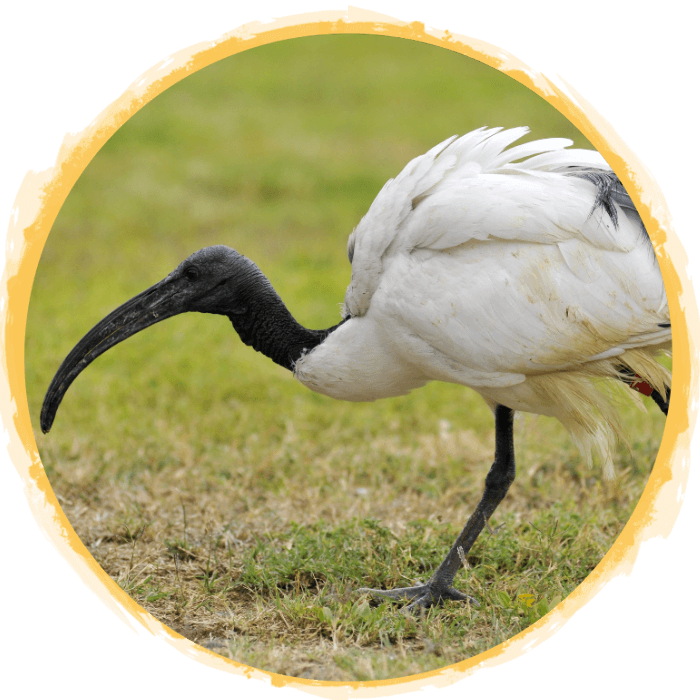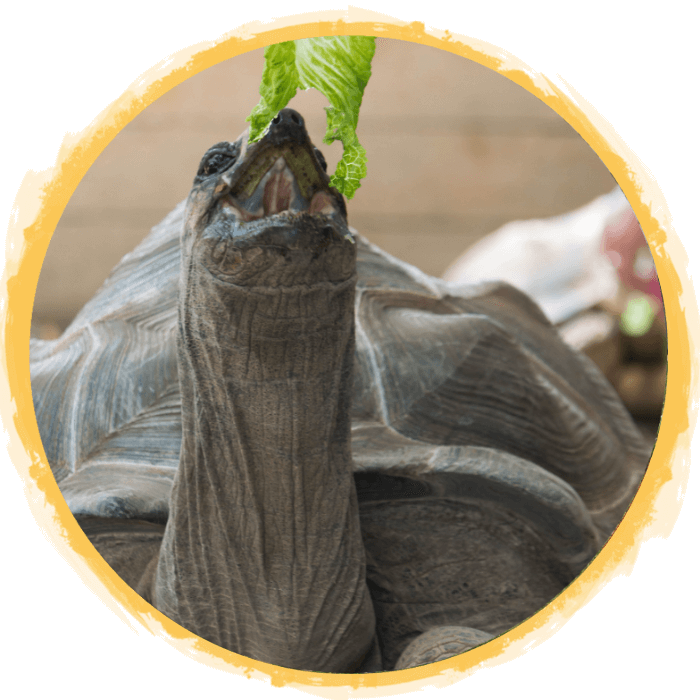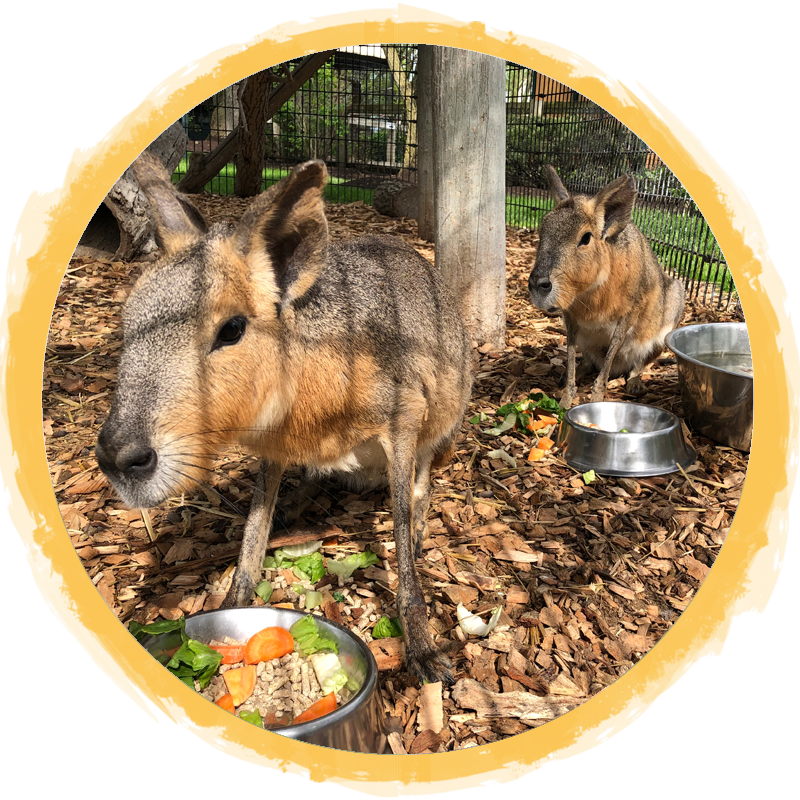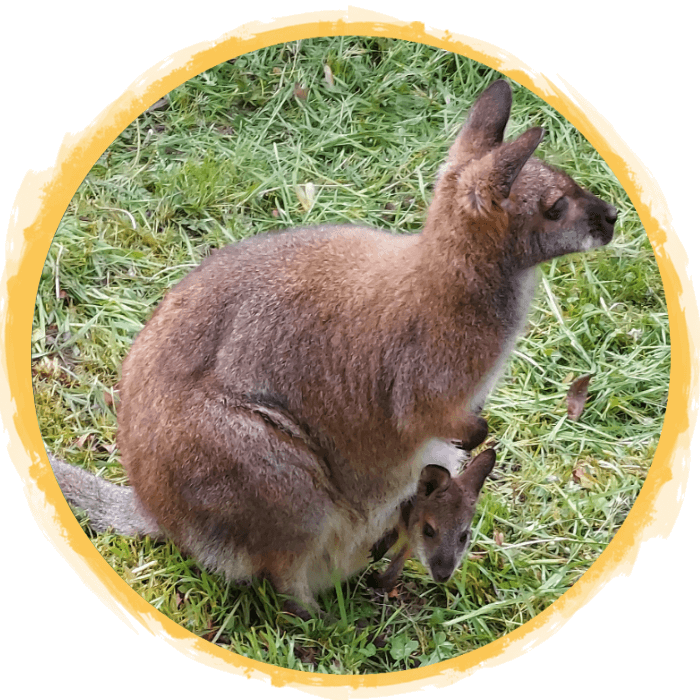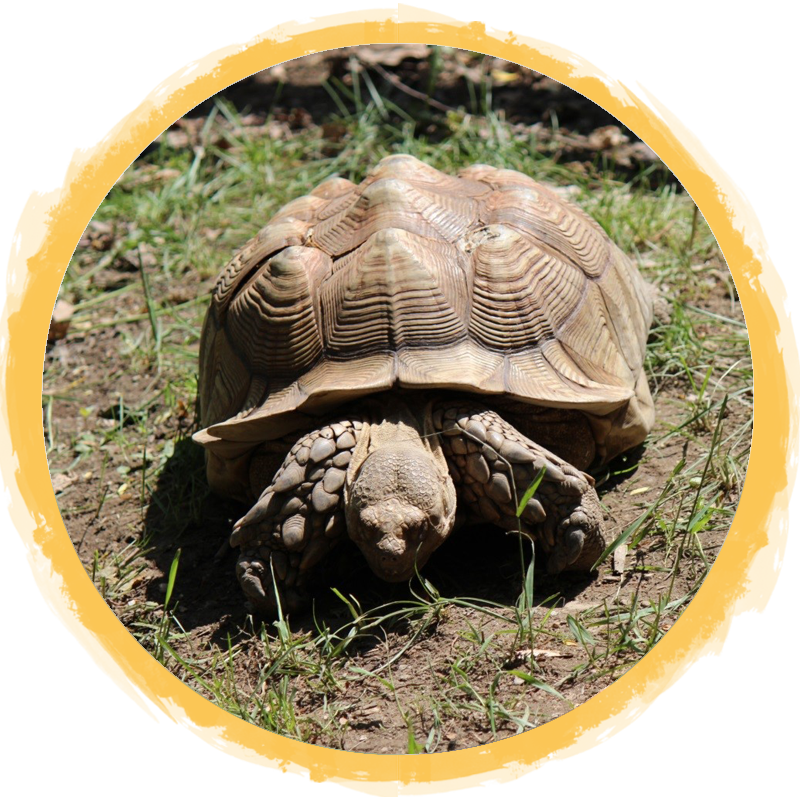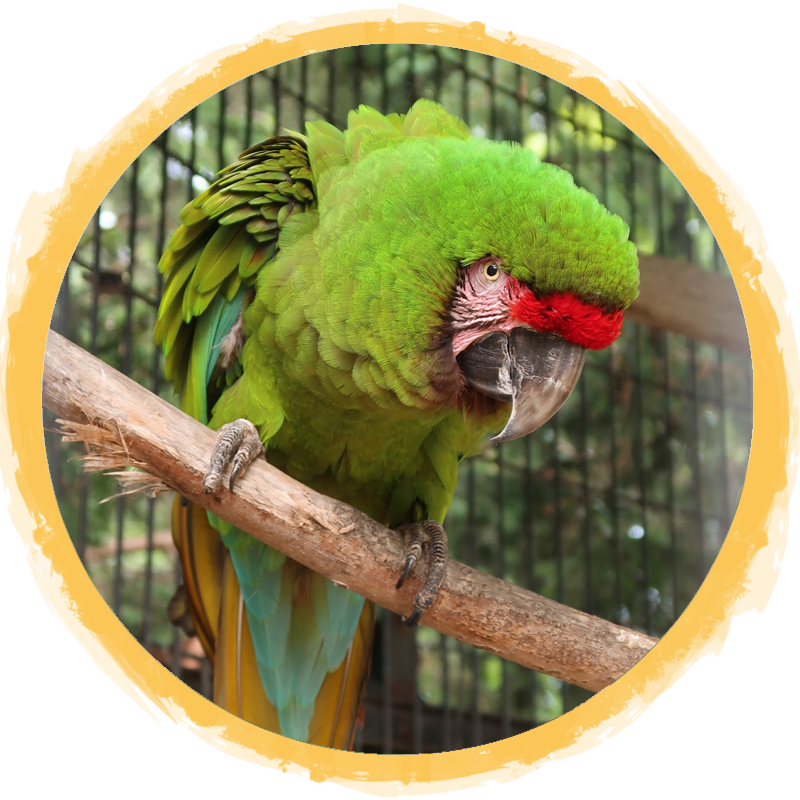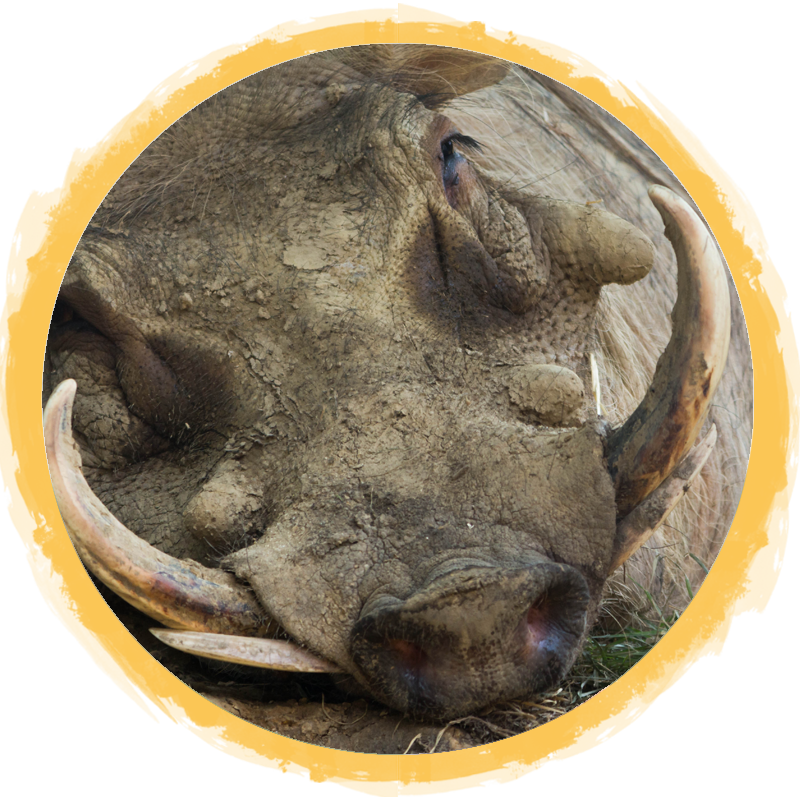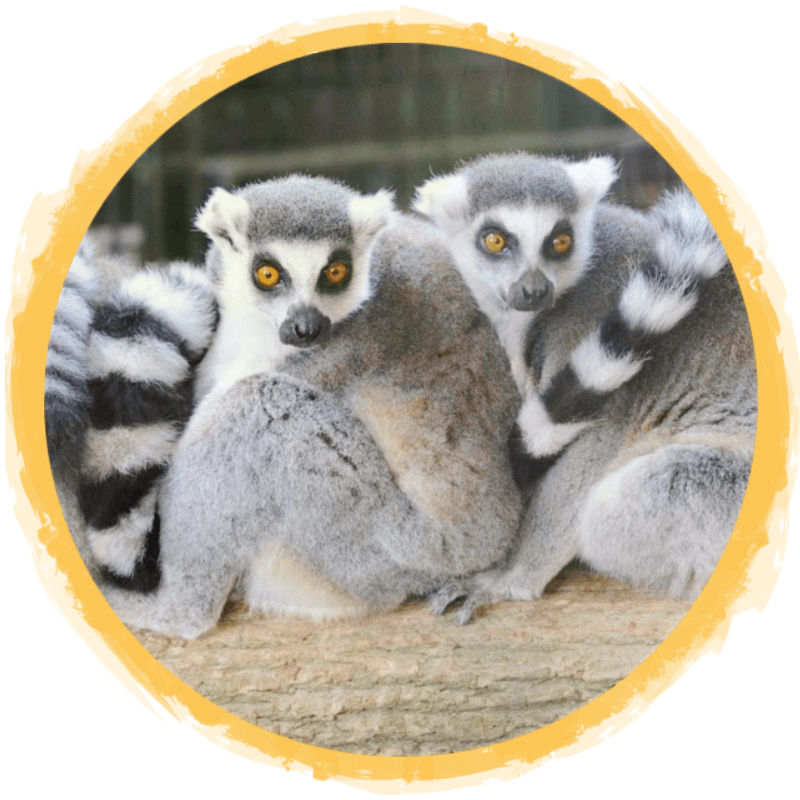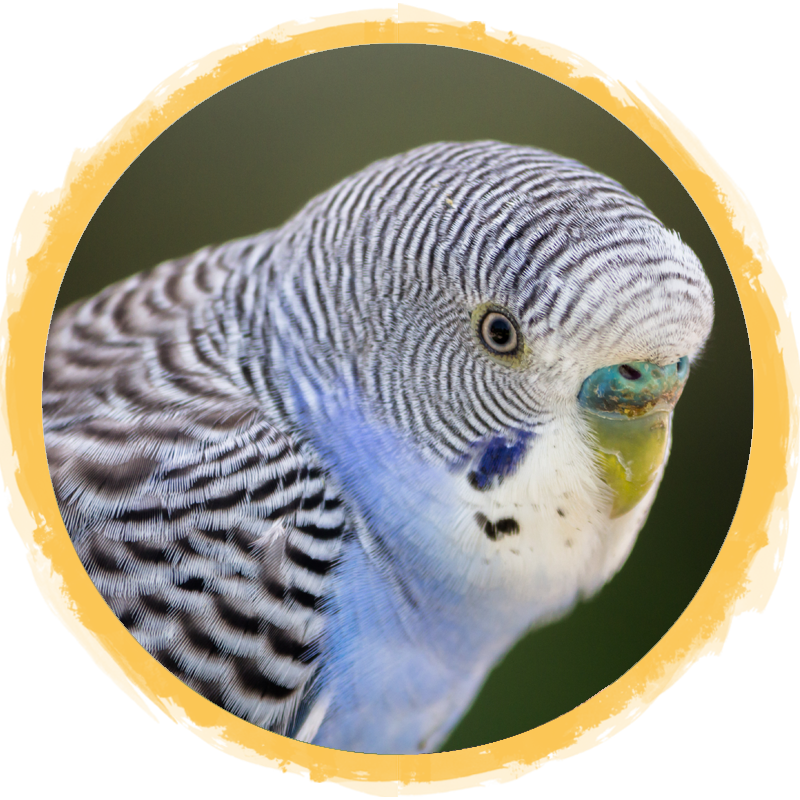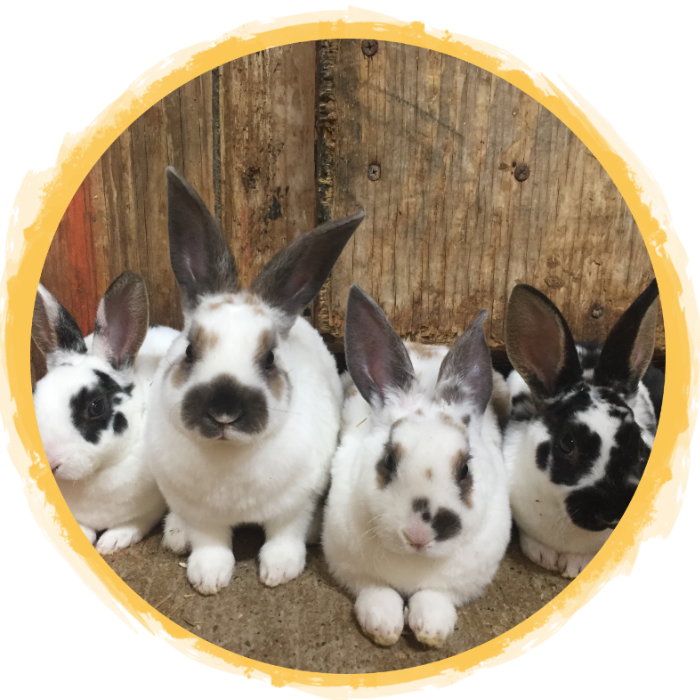(Dolichotis patagonum)
The Patagonian Cavy is a herbivorous, somewhat rabbit-like animal found in open and semi-open habitats in Argentina, including large parts of Patagonia. They are a long-legged rodent with a body similar to a hoofed animal. With four toes on their front feet and three on their hind feet, each toe has a strong claw. They prefer to live in grasslands with a lot of open space, to get around they can walk, hop like a rabbit, gallop or stot-bouncing on all fours. Maras sometimes ingest their own dung to maximize nutrient absorption, this is called being coprophagous. They travel in mated pairs and remain with their mate for life. Young are born out in the open and are then transferred to a communal burrow. This burrow is shared by many different pairs. Females take care of their young while males protect the den from predators.
Active during the day, this species spends long periods basking in the sun, either resting on its haunches or with its front limbs folded under its body like a cat. It remains vigilant for predators, however, and when threatened, may escape by galloping.
Hunting and habitat loss are the greatest threats to these animals in the wild. The expansion of agriculture has turned a lot of their grasslands into pastures, pushing them out of their natural habitat. They have also been hunted for their skins, leading to some local extinctions of the species. To help these species, we should support sustainable farming to limit farmers impact on this species. Also, we should avoid purchasing animal skin products even those labeled “faux”, as this supports illegal hunting.
Fast Facts
Country of Origin: Argentina
Weight: 18 - 35 lbs
Size: 27 - 30 inches in length
Lifespan: Up to 14 years in captivity. Unknown in the wild.
Diet: The Patagonian Cavy is largely herbivorous. They feed primarily on green vegetation and fruit.

